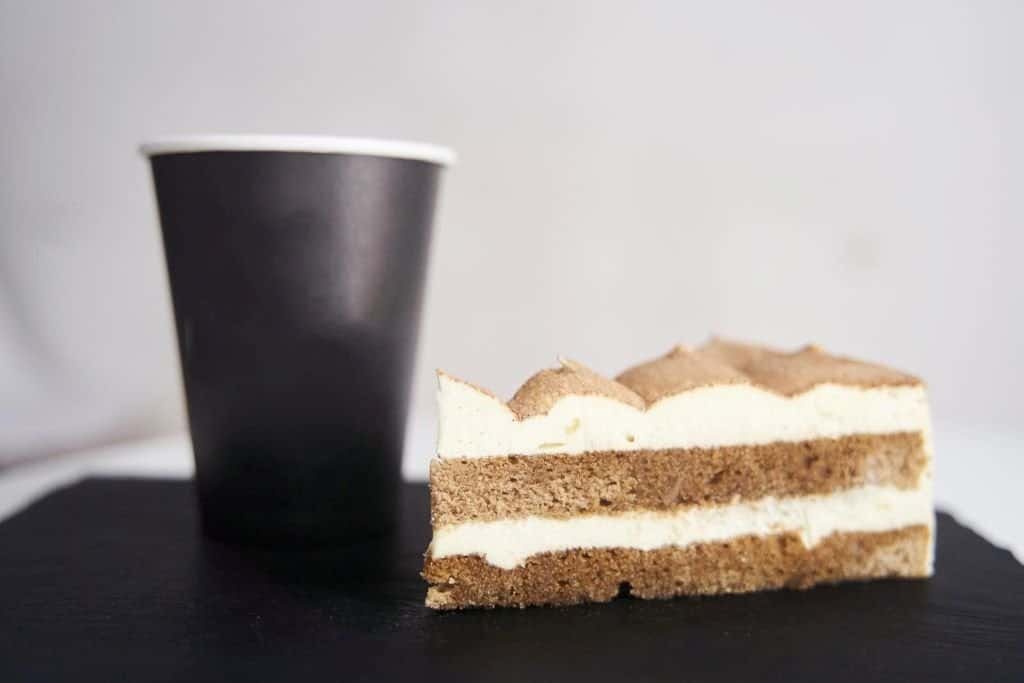Watery coffee can be a sign of poor quality ingredients, improper brewing techniques, or over-extraction. In order to get the best cup of coffee every time, it is important to know why your coffee is watery and what you can do to make sure it never happens again.
Identify the Cause of Watery Coffee
Identifying the cause can be one of the hardest parts of making coffee, as it can be a few or even multiple reasons why. Here are a couple of key things you should look out for to help improve your coffee.
Choose the Right Type of Coffee Beans

Beans are one of the most important factors in making coffee, and the type of beans used will drastically change the flavor profile.
Different types of beans are roasted at different temperatures, so it is important to match them to your brewing technique.
Having Beans That Are Too Old
Coffee beans become stale over time, losing their aroma and flavor as they age.
If you’re using old beans, chances are your coffee is going to be watery and flavorless. Make sure that the beans you use are freshly roasted and that you’re using them within three months of their roasted dates for the best results.

Grind Your Coffee Beans Properly
Now you’ve got your beans sorted; the next step is to make sure they’re properly ground.
If your beans are ground too coarsely, the water won’t be able to extract enough flavor from them, and your coffee will end up being weak and watery.
On the other hand, if you grind them too fine, it can lead to over-extraction, and barely any water will flow, which leads to an overly strong and bitter cup of coffee.
Most coffee grinders allow you to adjust the grind’s coarseness, so make sure to get it right, and your coffee will taste much better!
Use The Correct Amount of Ground Coffee

The amount of ground coffee needed will depend on the type and brand you use, the size of your brew, and even how strong you like it.
Typically, a single espresso shot requires 7-9 grams, and a double 16-19 grams. This should have a ratio of 1:2 of coffee grounds to water, meaning that if you use 14 grams of ground coffee, the amount of water should be 28 ml.
Using too much coffee can also cause issues by making your coffee overly strong or bitter, so make sure to get the amount right for optimal results.
Under-Extraction
If your coffee is watery, it might be that you’re not brewing it for long enough.
For longer brews, like a French press or a cold brew, ensure that you grind the beans more finely so they can mix with the water for a longer time.
It should take around 20-30 seconds to get the right extraction if you’re using an espresso machine.
Over-Extraction
The opposite of under-extraction is over-extraction, which happens when your beans have been exposed to water for too long.
This can result in a bitter or sour flavor, and your coffee will be watery because the extraction process has taken too much of the flavor out of the beans.
To avoid this, make sure you’re using the right coffee grind size and that you’re not leaving the coffee in the water for too long.
Brew Your Coffee at The Right Temperature
When brewing your coffee, it’s important to use water at the correct temperature.
If the water is too hot, it can lead to over-extraction; if it’s too cold, you won’t get the right extraction.
Most espresso machines will do this automatically, but if you’re using other brewing methods, the ideal temperature should be around 195-205°F.
Consider Using a French Press or Pour-Over Method for Better Results
If you’re struggling with watery coffee, consider switching to a French press or pour-over method.
These methods use metal filters that help create a richer and fuller cup of coffee.
They also give you more control over the extraction process, allowing you to adjust the steeping times or grinds according to your taste preferences. This can help ensure you don’t end up with a watery cup of coffee.
Clean Your Equipment Regularly to Prevent Buildup and Bitter Flavors

Often overlooked, but cleaning your equipment is the key to making a great cup of coffee.
It’s important to clean your brewer, grinder, and filter regularly as buildup can lead to bacteria, mold, or a bitter flavor in your coffee. This is especially true if you’re using a French press or pour-over method.
If you live in an area with limescale, it’s especially important to clean your equipment properly, as the build-up of minerals can damage the machine. This should be done at least once a month depending on how bad the mineral build-up is.
Wrapping Things Up
There are many possible causes for watery or weak coffee and fixing this isn’t easy. However, by following the tips outlined above, you should be able to improve the flavor and strength of your coffee.
Keep in mind that it might take a while to get the perfect cup of coffee, so keep experimenting until you find the right method and grind size for you. With patience and practice, you’ll soon be making delicious coffee each morning!




